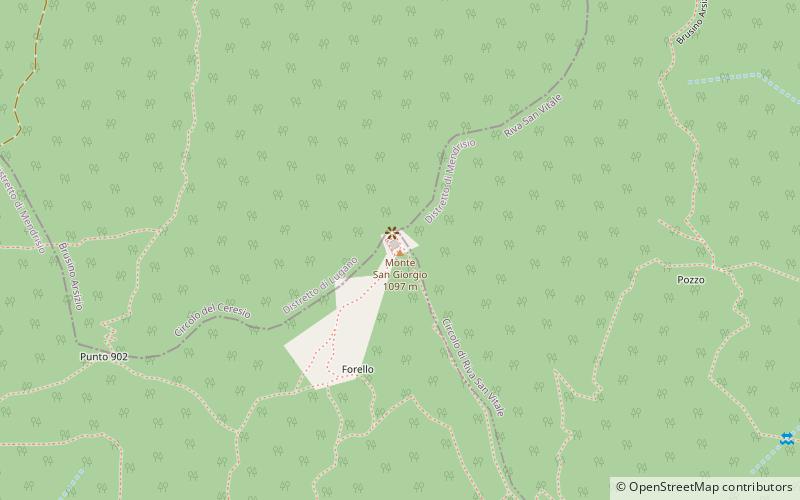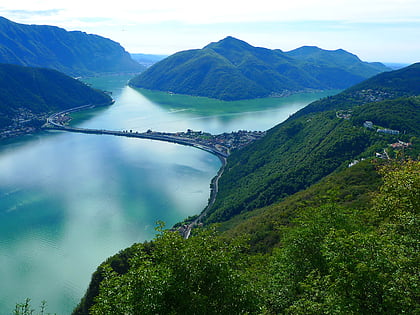Monte San Giorgio


Facts and practical information
Monte San Giorgio, rising from the shores of Lake Lugano in Switzerland, is a mountain steeped in geological significance and prehistoric secrets. This UNESCO World Heritage Site, often referred to as a fossil treasure trove, offers a rare glimpse into marine life from the Triassic Period, over 240 million years ago.
The mountain's unique pyramidal shape is a beacon for both scientists and tourists, standing at an elevation of 1,097 meters. It is renowned for the exceptional preservation of a diverse array of fossils, including fish, reptiles, and marine invertebrates. These fossils have provided invaluable insights into the evolution of life on Earth and the environmental conditions of the Middle Triassic era.
Monte San Giorgio has been a focus of scientific study since the mid-19th century, and the wealth of fossil findings has made it one of the most important palaeontological sites in the world. The mountain's significance is not only limited to its scientific value; it also offers a range of outdoor activities such as hiking, with trails providing panoramic views of the surrounding landscape.
The site is complemented by the Fossil Museum in the nearby village of Meride, where many of the unearthed specimens are displayed. The museum, designed to integrate into the village's historic fabric, further narrates the story of this ancient ecosystem through its exhibitions.
Monte San Giorgio – popular in the area (distance from the attraction)
Nearby attractions include: Swissminiatur, Melide causeway, Museo D'arte Mendrisio, Castello di Morcote.











